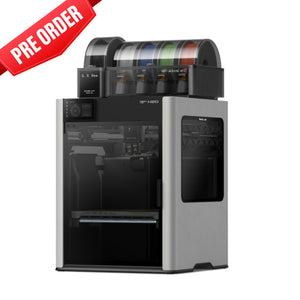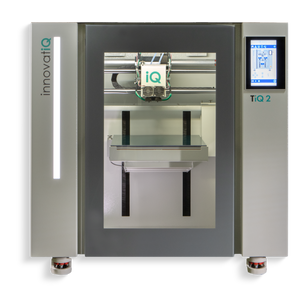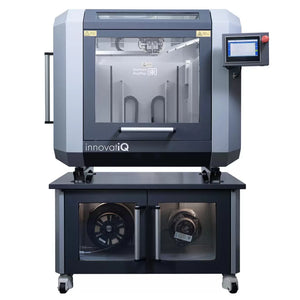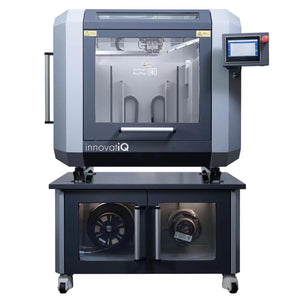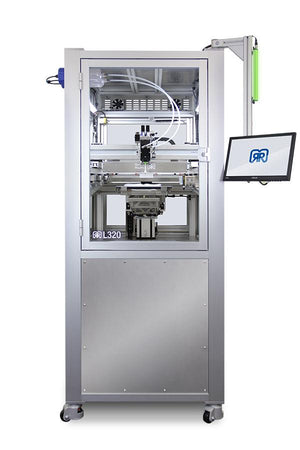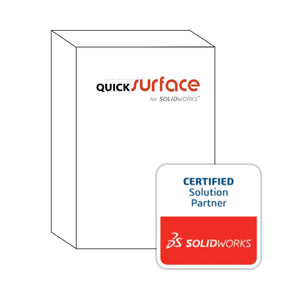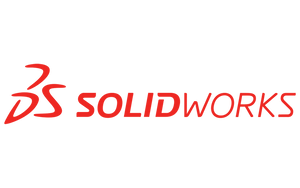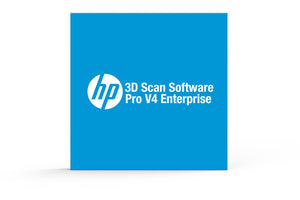Feb 06, 2022
3 Great Ways To Grow Your Business Using Additive Manufacturing
Join 3DChimera as we explore how to kickstart your business by adding or expanding your additive manufacturing capabilities.

This whitepaper presents an overview of three ways to grow your business by moving away from traditional manufacturing and over to additive manufacturing.
The most common applications are:
- Prototyping
- Tooling
- Inventory Management
Watch the Webinar
GROW WITH 3DCHIMERA
Implementing any or all of these 3 concepts enables manufacturers and small businesses alike to cost-effectively improve or increase their manufacturing process in ways traditional manufacturing methods cannot. Understand how each of these concepts can improve your prototyping process, decrease tooling expense and reduce onsite inventory.
With the help of an expert like 3DChimera, we can quickly work with your team to run an Additive Assessment to identify if your part or process is ready for 3D printing. Contact us today to get started.




